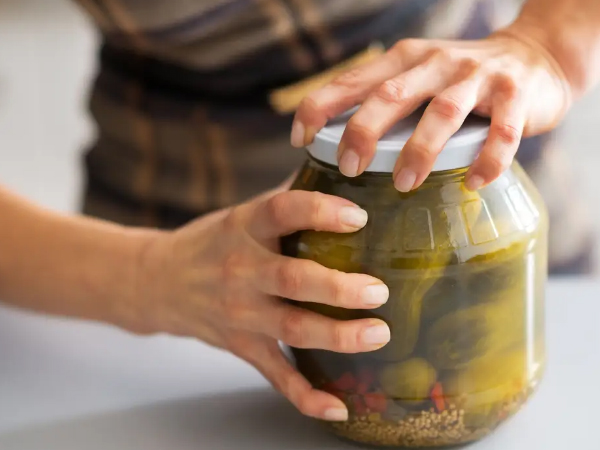
1. Grip Strength
Men and women, especially after 65 have weaker grip strength and it may be due to underlying medical conditions such as osteoarthritis or rheumatoid arthritis. Also, there are extrinsic and intrinsic muscles in the hand that are responsible for producing force required for gripping objects. Ageing affects the functioning of these muscles, thus causing a weaker grip strength [2].
- You can do some strengthening exercises at home to improve grip strength or a physical therapist can help test the strength in your hands and help you regain it.
Image ref:Businessinsider
 Wrinkled Or Pruney Fingers: What Causes Wrinkled Fingers?
Wrinkled Or Pruney Fingers: What Causes Wrinkled Fingers?
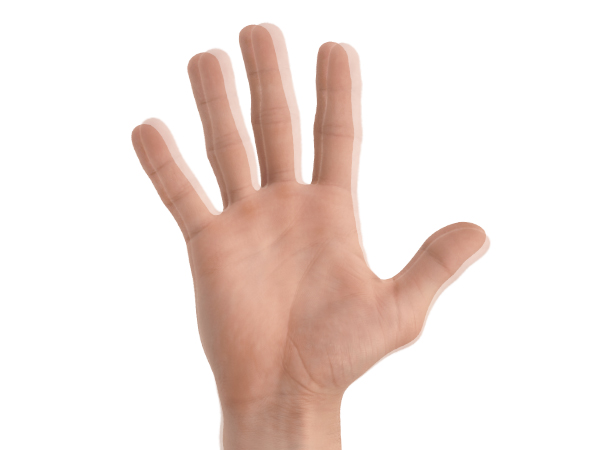
2. Hand Tremors
The prevalence of hand tremors increases as you age, however, it can also affect young people. An action tremor occurs during movement of the hands and a resting tremor occurs when your hands are at rest. Hand tremors can also occur due to stress, having too much of caffeine, low blood sugar levels, stroke or Parkinson’s disease [3].
- Medications and physical therapy can help treat hand tremor.
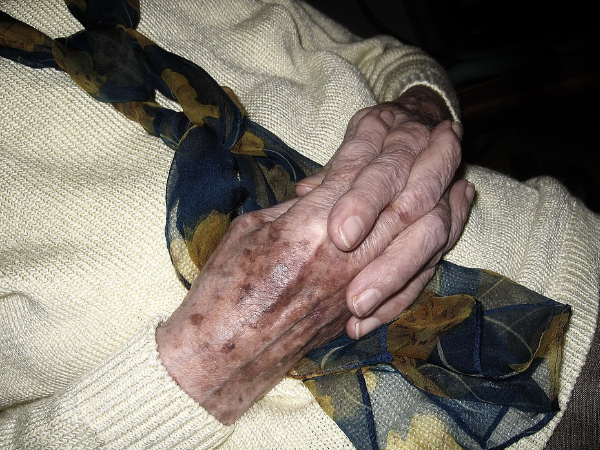
3. Age Spots
Age spots are small, flat dark areas on the skin that usually appear on areas exposed to the sun such as hands, face, arms and shoulders. They are very common in adults who are over 50 years, but younger people can also develop age spots due to extreme sun exposure [4].
- Medications, chemical peel and microdermabrasion can help treat it.
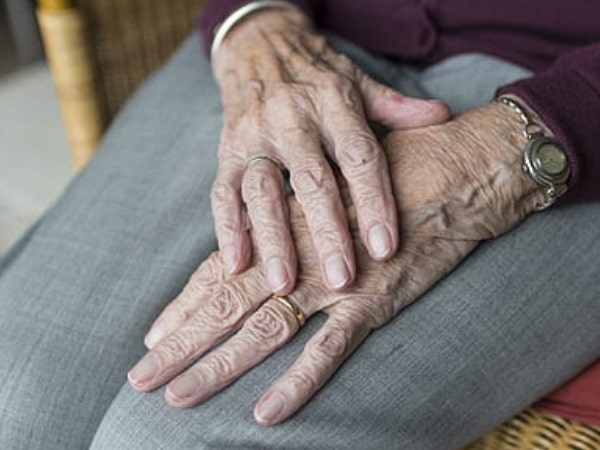
4. Wrinkles
Hands are one of the first areas that start showing the signs of ageing. As you get older, the skin loses elasticity because the collagen production slows down over time and the skin tends to become thinner and drier. When your skin doesn’t have enough moisture and elasticity, wrinkles develop [5].
- Wrinkles can’t be treated but it can be delayed by eating foods rich in vitamins and minerals, drink plenty of water and use a moisturising hand cream.
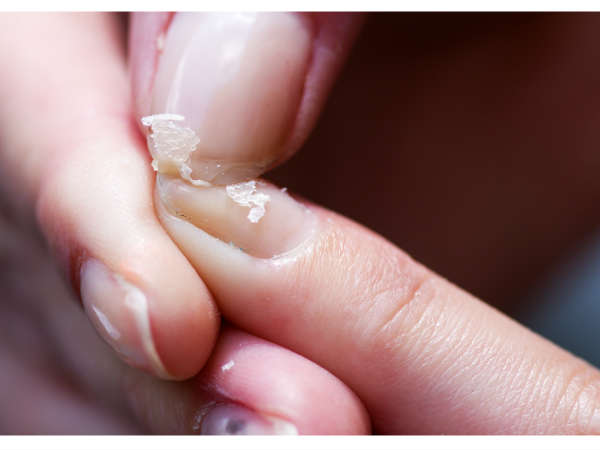
6. Brittle Nails
With age, your nails can become dry and brittle which make them more prone to breaking. Too dry, repeated wetting, trauma or exposure to harsh cleaning chemicals or cosmetics are some of the underlying factors that can lead to dry, brittle nails [7].
- Wear gloves when using household cleaning products, keep your nails clean and moisturised and file your nails to prevent splitting.
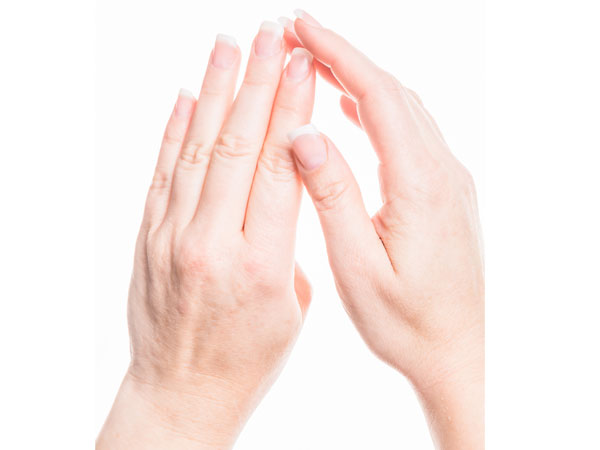
7. Dry Skin
Dry skin in hands can be a sign of age-related skin changes or it can occur due to lack of certain vitamins and minerals, inadequate sleep and physical activity. In older adults, dry skin can appear as scaly, rough or cracked skin [8].
- Avoid washing your hands too much in water and apply hand cream to keep your hands moisturised.
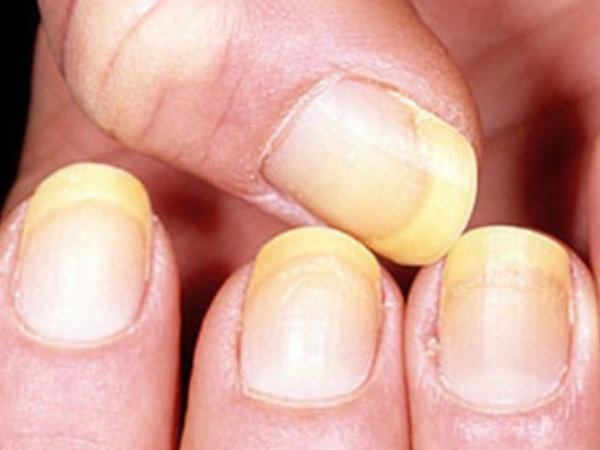
8. Yellow Nails
Yellow or gray discoloration with dull, pale or opaque appearance is common in fingernails of older adults. A primary care physician will be able to help manage and treat these common nail changes.
Image ref: snsnailsupplyfl01
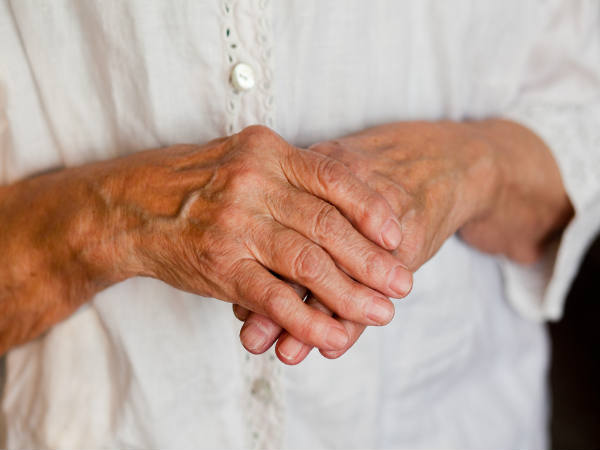
9. Protruding Veins
With age, the appearance of the hand changes, you may notice a decrease in skin elasticity which makes your skin look thinner. As a result, your veins become prominent which gives a dull appearance to the skin [9].
- Hand volume restoration can be used alone or in combination with other hand rejuvenation treatment methods for protruding veins.
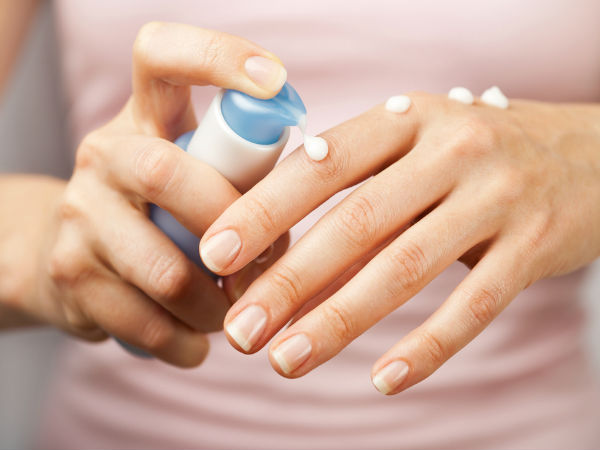
Tips To Make Your Hands Look Better
• Apply sunscreen when stepping out in the sun.
• Apply lotions and creams to moisturise your hands.
• Exfoliate dry skin.
• Don’t smoke.
• Wear gloves when you are cleaning to protect your hands from harsh chemicals.
• Check your nails for any brittleness and file them.
• Avoid using harsh soaps to wash your hands.
• Keep your body hydrated.
• Eat a healthy diet.
• Exercise daily.
• Get good sleep.
Source:

 Peeling Skin: Causes, Symptoms, Diagnosis And Treatment
Peeling Skin: Causes, Symptoms, Diagnosis And Treatment
Leave a Reply